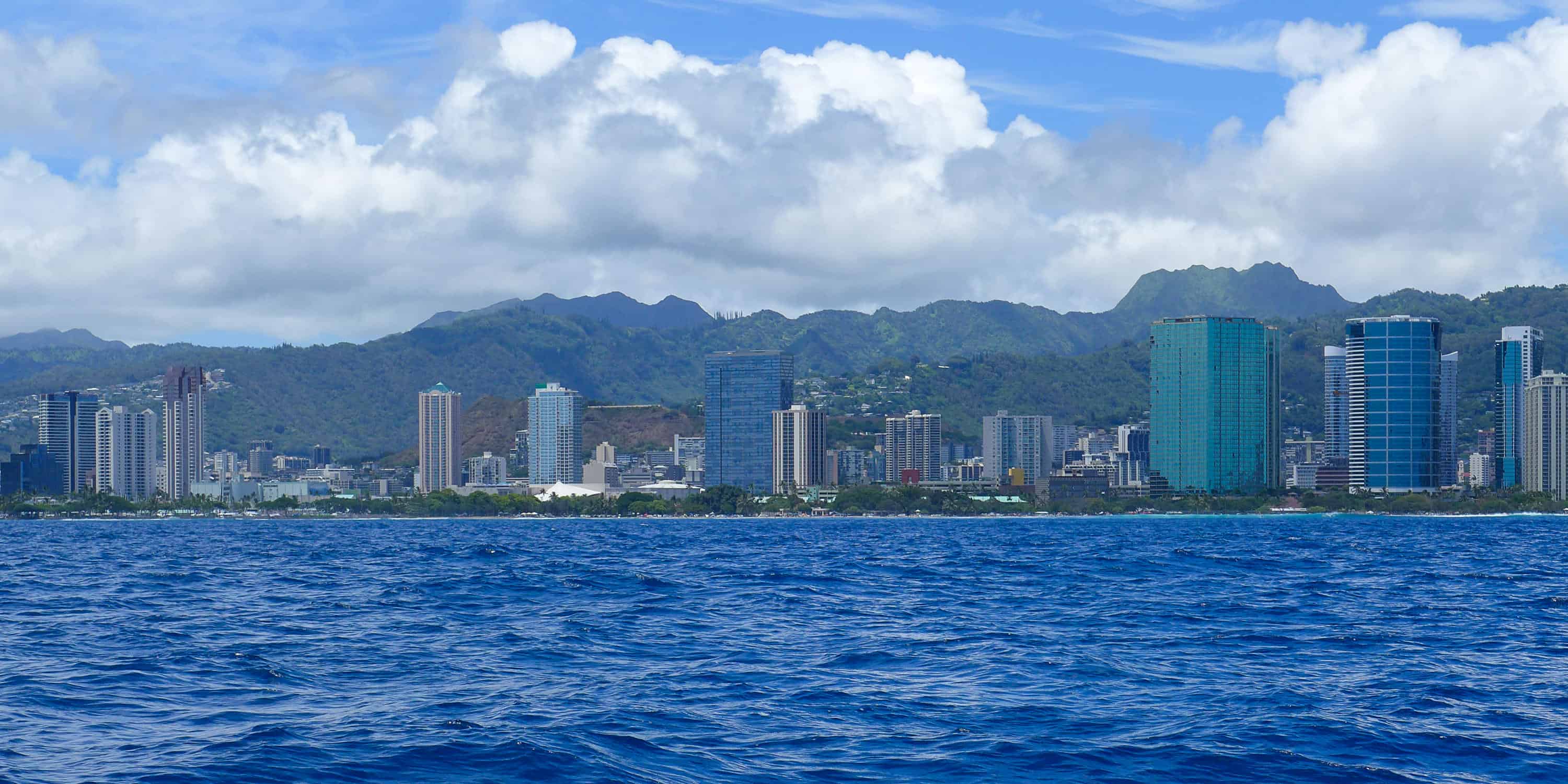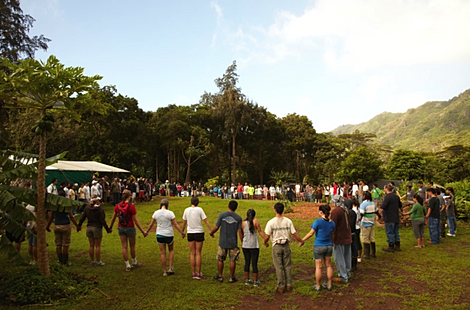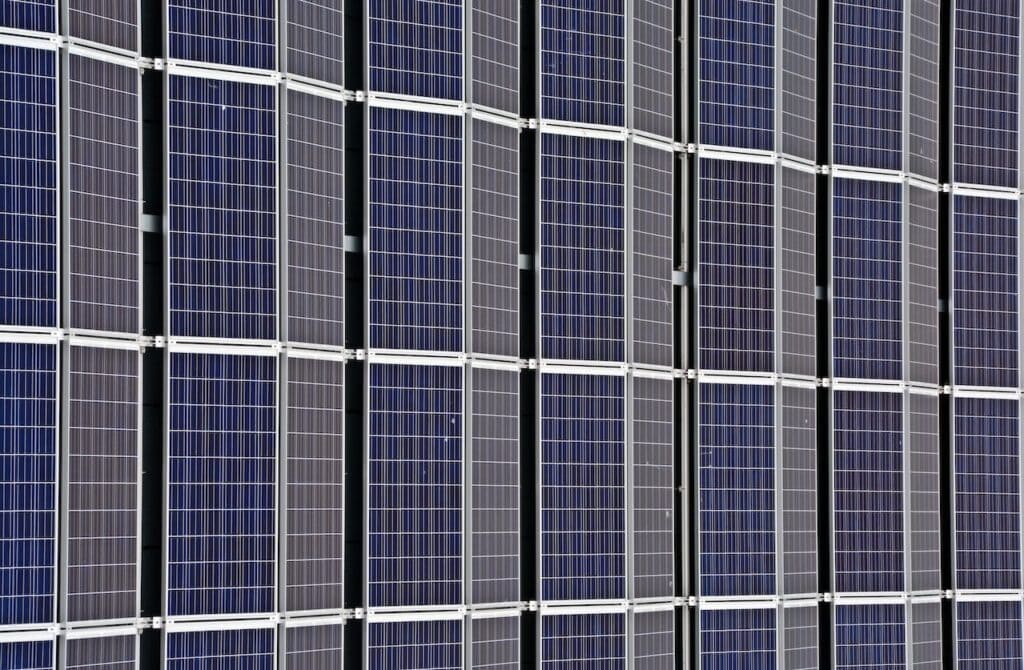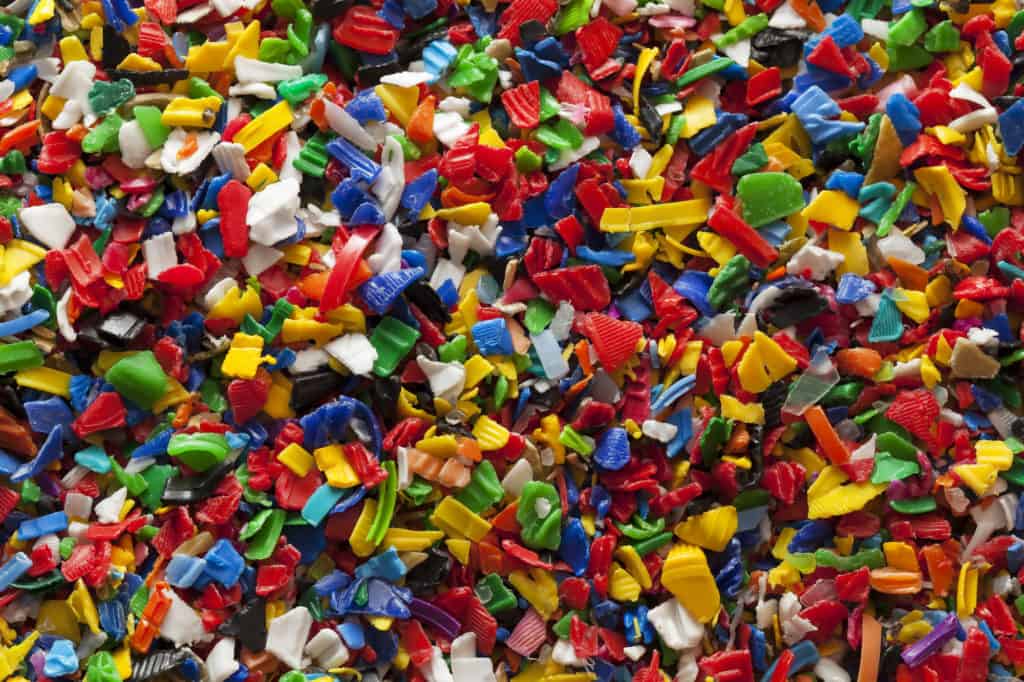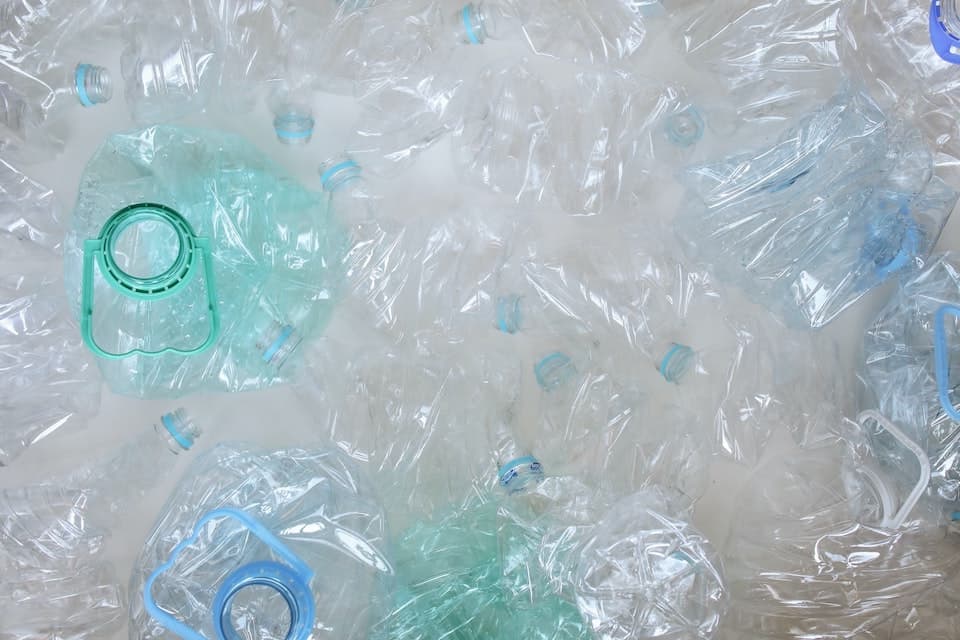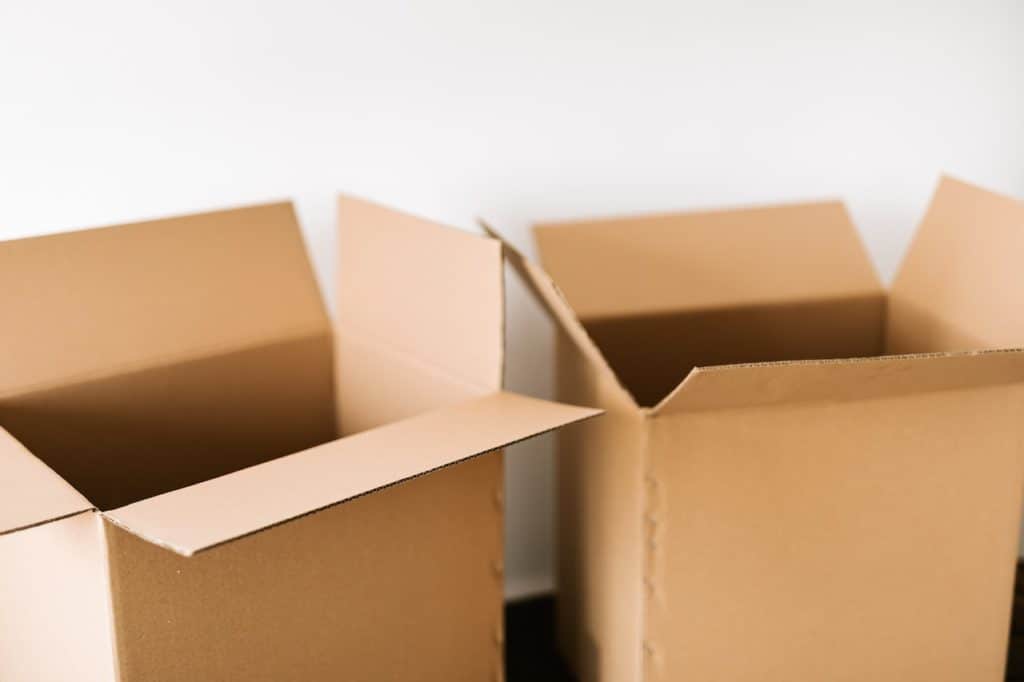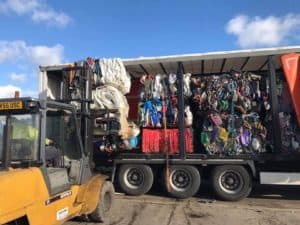Aloha!

Honolulu is the largest and capital city of Hawaii, situated on Oahu, the third largest Hawaiian island. It is home to Pearl Harbor, the area which was attacked by the Japanese in 1941 and made into a movie epic in 2001. Honolulu’s land is so limited that the peaceful residents make a bold commitment to the island’s sustainability, avoiding wastefulness wherever and whenever they can. The metro population of Honolulu is close to 1 million people, and the natives, who are few in numbers nowadays, translate the city’s name as ‘calm port’.
As a major tourist destination, the residents know that a resourceful culture must be widely practised to encourage the 4.7 million annual visitors to respect their paradise island. This kind of acceptance for recycling has lead to a very successful scheme that the islanders can beam about.
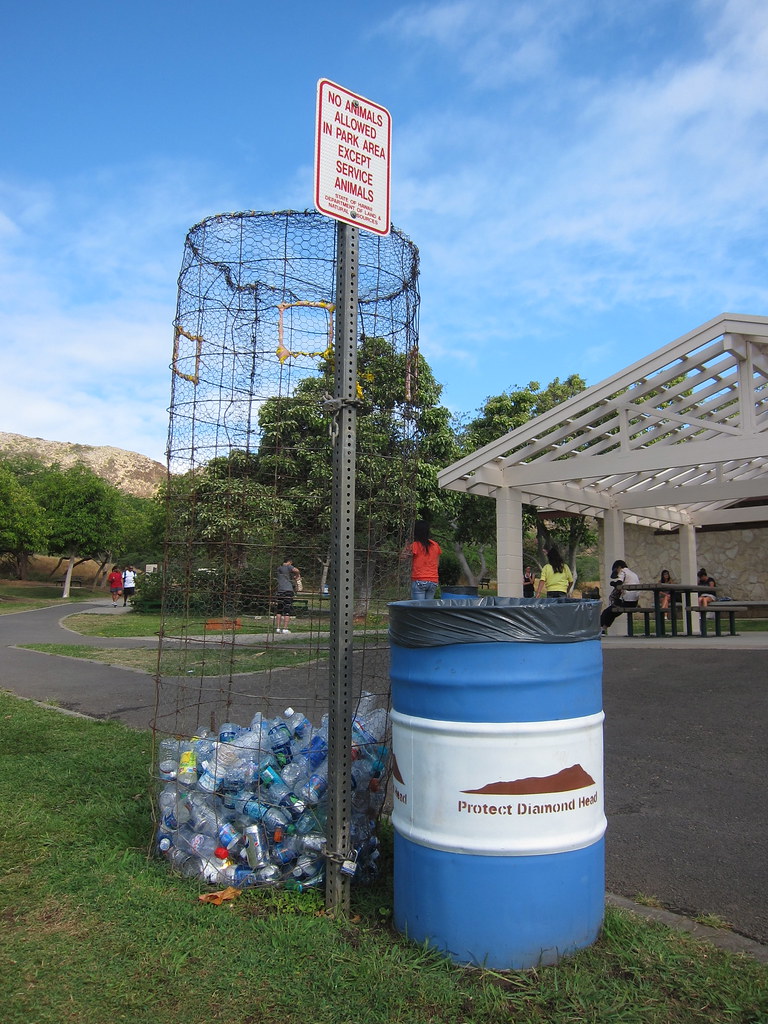
Of the 1.65 million tonnes in Oahu’s waste stream last year:
-25.5% of their waste went to landfill last year, a huge achievement compared to the 38.3% sent in 2009.
-The combination of materials recycling and construction recycling rose from 34.9% in 2009, to 44.4% in 2013.
-Total landfill diversion has rocketed to 74.5% in 2013, from just 61.7% in 2009.
It’s great to see landfill use falling and recycling on the rise, both without showing signs of slowing down any time soon
Oahu and Honolulu really do take recycling seriously, so it’s no surprise to see a comprehensive list of what can be collected for recycling. They really cover the sphere, even offering to take plastic bags, a plastic product that is famously unpopular for collections. The collection service will even take batteries and tyres. The recycling centres on Oahu are known as ‘HI-5’, which is exactly what Honolulu deserves for it’s efforts!
Here are the words of Hawaii’s environment agency in regards to waste disposal:
In brief, the story of trash is that we can no longer toss it out into one container bound for the “dump.” What a waste to bury it in a landfill, especially on an island where land is so limited. We need to SORT IT OUT into the blue, green and gray containers to enable the City to deliver different components of our trash to recycling and processing facilities that can utilize it to our benefit. Our trash is no longer a waste, it’s a resource for manufacturing new products, creating soil amendments, and generating power.
We need to SORT IT OUT into the blue, green and gray containers to enable the City to deliver different components of our trash to recycling and processing facilities that can utilize it to our benefit. Our trash is no longer a waste, it’s a resource for manufacturing new products, creating soil amendments, and generating power.
Yes, power – 7% of Oahu’s electricity is trash powered, displacing the need for fossil fuels and contributing to our island’s energy sustainability. Our H-POWER waste-to-energy facility receives all of the trash from our homes and businesses. It’s incinerated to produce electricity, which is sold to Hawaiian Electric. This is why low-grade, low-value papers and plastics go into your gray cart.
All Aboard? Half Aboard?
The largest sustainability project for Honolulu began back in 1966, but was not approved until 2005. After years of controversy, discussions for an electric-powered rail transit to connect parts of the city finally came down to a vote. In a triumphant piece of democracy, the decision was left to the citizens of Oahu, with 53% voting in favour. There had been a stand-off for years, with half the island wanting a 21-station rail line and half of it wanting to protect the island’s beauty from large developments.
With the project getting the green light, construction began in 2011. The first phase is not expected to be completed until 2017, and the second phase 2019, so this is a long term project with sustainable goals, not being rushed and miscalculated. The eventual rider-ship of the rail transit is expected to exceed 100,000 daily, and is designed with the intention of easing road congestion. The 1966 mayor of Honolulu once said “taken in the mass, the auto-mobile is a noxious mechanism whose destiny in workaday urban use is to frustrate man and make dead certain that he approaches his daily occupation unhappy and inefficient.”
To find out more about why the project is great for sustainability, watch this video, hosted by the Honolulu Sustainability expert Bill Brennan.
Currently, transportation accounts for 28% of greenhouse gas emissions, with 64% of that coming from common road vehicles. The project’s aim is to reduce these figures considerably and in line with Honolulu’s long term goals.
Those goals?
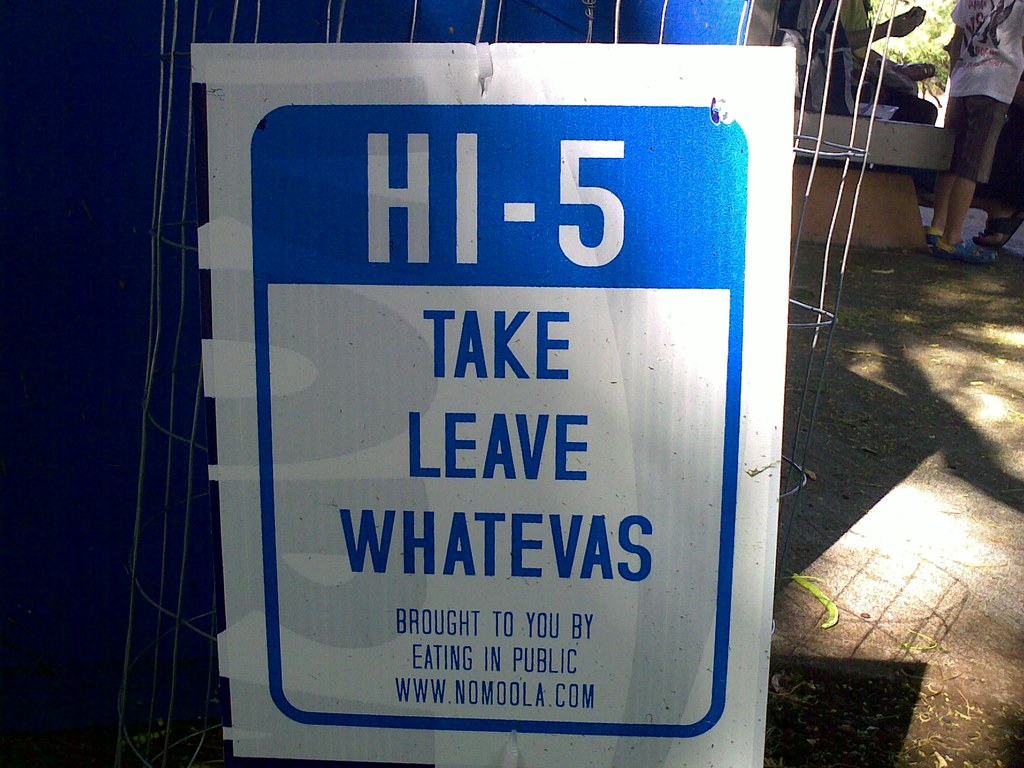
In early 2007, Honolulu’s Energy and Sustainability Task Force (sounds like a group of crimefighters, but it isn’t) was formed to develop a 10-year strategy to encourage the city to be even more energy efficient and sustainable.
The objectives of the task force are to:
1) Examine current technology and improve upon existing practices to make the city more energy efficient and sustainable;
2) Identify new technologies and practices that can be used to improve city operations by maximizing energy efficiency, reducing waste and protecting the environment;
3) Adhere to the mayor’s vision of the 21st Century Ahupua’a and its driving principles;
4) Align with the U.S. Conference of Mayor’s Climate Control Agreement of 2004 advocating the reduction of greenhouse gas emissions; and
5) Develop a 10-year plan with goals and benchmarks in the areas of:
Energy Conservation
Fuel and Transportation
Material Recovery and Recycling
Water Conservation
Watershed Protection and Management
An expert opinion
Joshua Fukino is an Instructional Support Specialist with the Hawaiian Studies Department of Kauai Community College. He teaches a class on Hawaiian Agriculture. Joshua talks about a visit to a Sustainable Honolulu Nature Park: ‘The mission of Hoʻoulu Aina Nature Park is to offer a welcoming place of refuge where people of all cultures sustain and propagate the connections between the health of the land and the health of the people. The type of work they do at Hoʻoulu ʻAina include forestry, gardening, landscape maintenance, and community food preparation. Hoʻoulu ʻAina uses the ancient Hawaiian ahupuaʻa system as a model for sustainability by encompassing environmental, economic, and social aspects of their community.
He continues, saying: ‘There were many topics of conversation that day, but the ones I found most interesting were about invasive species. In order to open up the park, the staff at Hoʻoulu ʻAina needed to clear out many of the invasive trees that were overgrown throughout the property. Seeing this as an opportunity rather than a liability, the staff decided to re-purpose the invasive mangrove and albizia trees as building material for Hawaiian-style houses called “hale” and canoes called “waʻa.” They had taken something that was a problem, something that was harming the local ecosystem, and turned it into a solution towards reinvigorating our local culture. I found projects like these to be inspiring and very motivating.’
Joshua’s inside Sustainable knowledge of Hawaii allowed him to make this statement: ‘There is no one right way to be sustainable – there are many. It often depends on context of a particular place and time that determines what is the best way to be sustainable. However, while we can’t take one system and apply it elsewhere, we can learn from each other.
Waikiki Kids
The Waikiki Worms project at Pearl City High School in Honolulu took high school breakfast and lunch waste and turned it into a compost using permaculture techniques. Composting chimneys were made by compacting the food waste between wood-chips and covering with blankets to lock the heat in. Pipes and water are added to allow for aeration. The compost was sold 6 months later and gained press coverage for it’s education and sustainable value.
Sustainable Architects
A large portion of sustainable responsibility is place on the architects working to redevelop current buildings and design future constructions in the city. It’s vital that every building is made sustainably, and that the mistakes of the past can be learned from.
The American Institute of Architects, talking about Honolulu, said: ‘Architects focus on design solutions to reduce collective environmental impacts: during the production of building components, during the construction process, as well as during the life-cycle of the building.
These design practices emphasize appropriate building siting, efficiency of heating and cooling systems, alternative energy sources such as passive solar, reused or recycled building materials, on-site power generation, and on-site waste management such as green roofs that filter and control storm water runoff.’
Honolulu facts
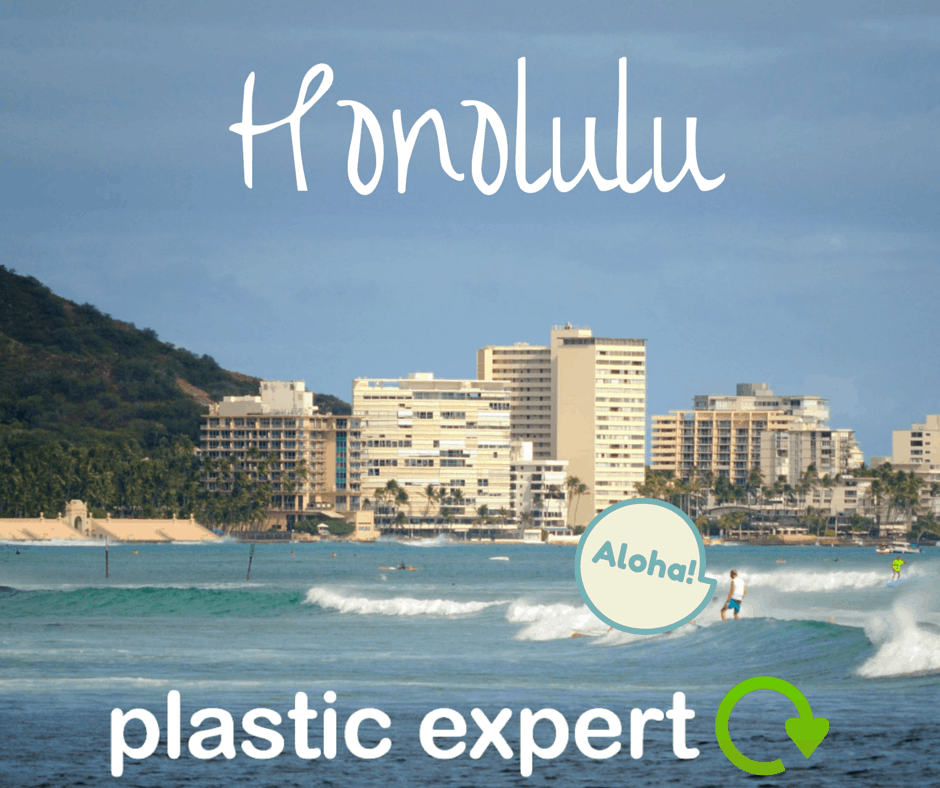
Honolulu has an average temperature of 25 degrees through most of the year. Nice.
The largest Demographics on the island are Japanese & White, with native Hawaiians making up just 8.4% of the population. Ancestral Hawaiians account for only 3.2% of the Honolulu make up.
Tourism is the city’s largest industry, though they are famous for exporting pineapples.
There is a Ferrari shop in Honolulu, with an F1 car inside the shop. However, they mostly just sell branded caps and hoodies.
The famous Hawaiian shirt was introduced in the 1970s when business owners were pressured to relax dress codes. The ‘aloha’ shirts then became symbolic.
To see some of our other sustainable destinations, visit
Mexico City
Auckland
Zurich

